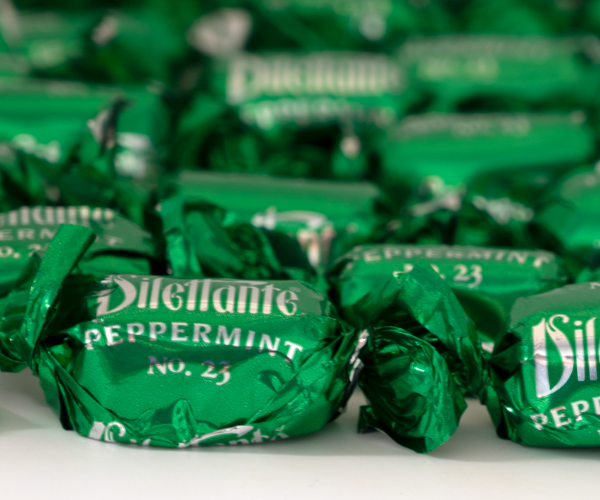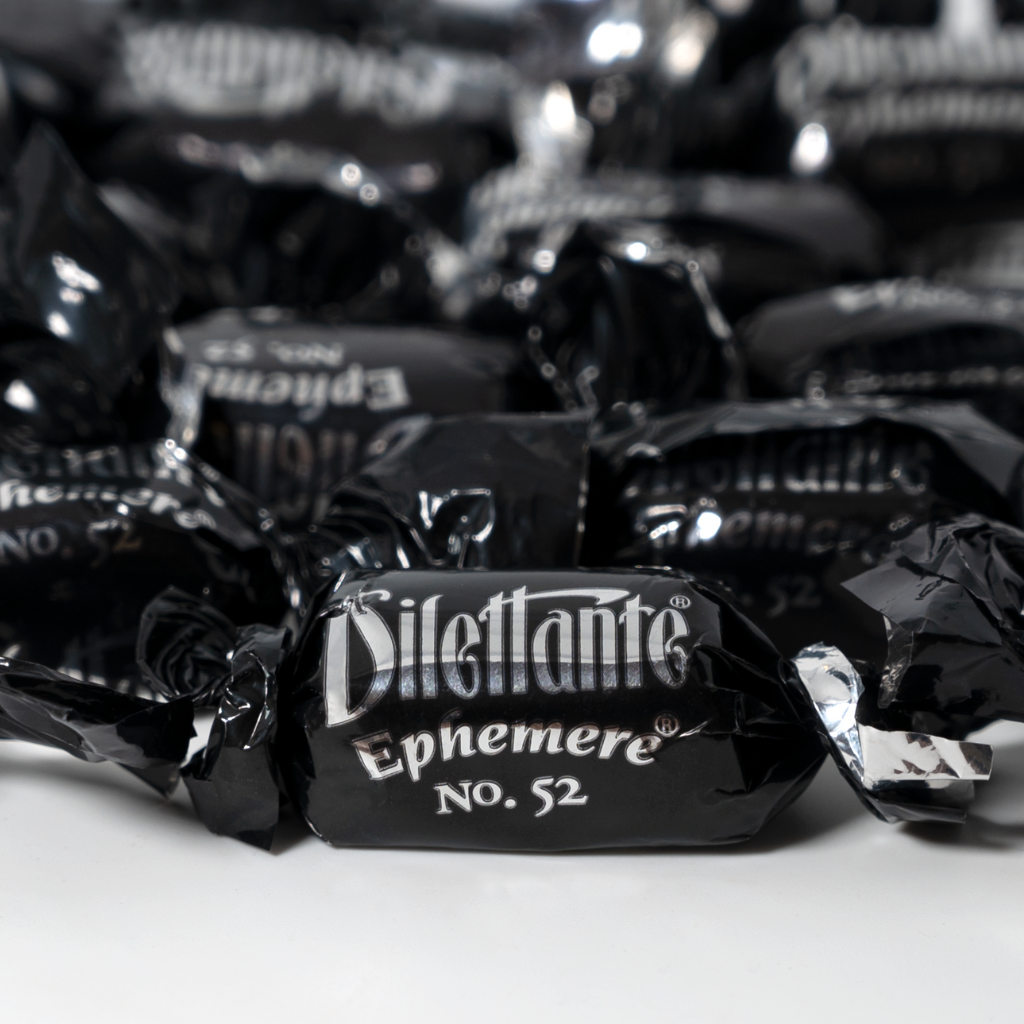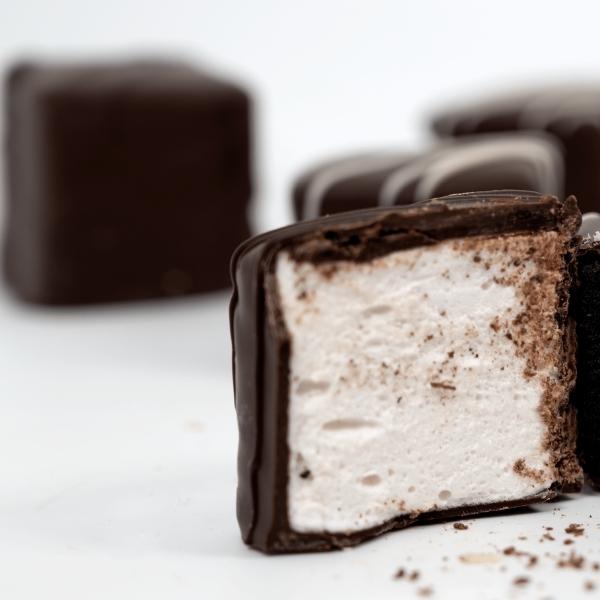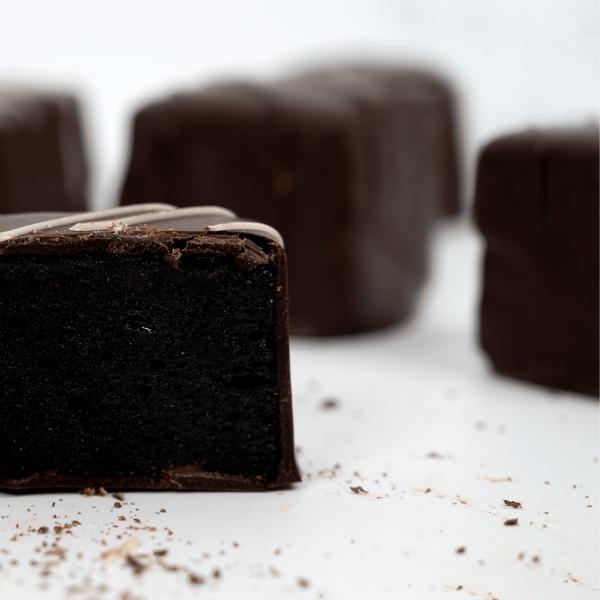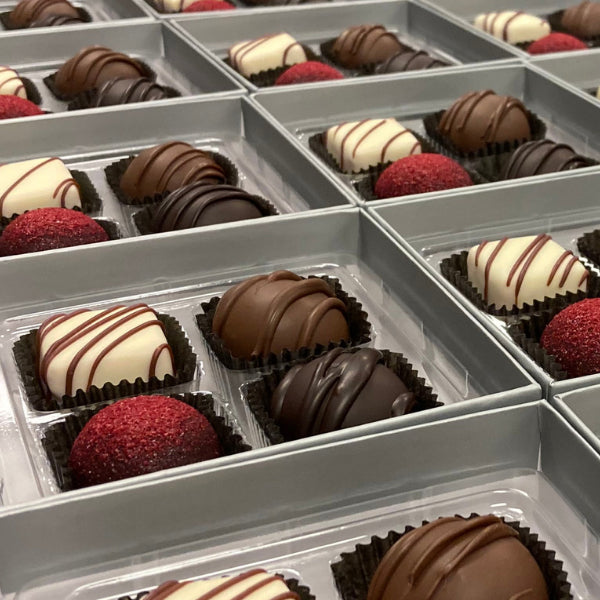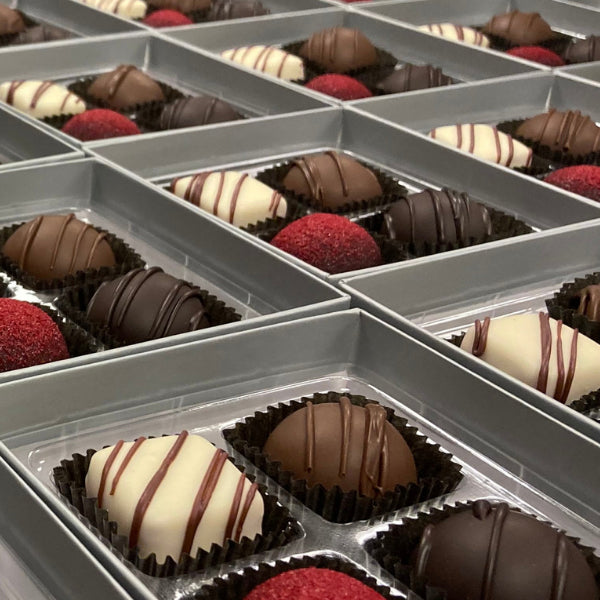Espresso Bean FAQ
When it comes to espresso, there is a lot to know. The long process of harvesting, roasting, and preparing espresso beans can raise many questions. Thankfully, coffeemakers have mastered this entire process and have answers to any potential coffee question.
Below is a list of answers to commonly asked coffee questions. These answers should help any coffee lover better understand espresso and explain its unique qualities.

The difference separating espresso beans and coffee beans is how the two are roasted. Before roasting, coffee beans naturally have a floral lime green color and do not resemble the coffee found at a coffee shop. Roasting green coffee beans causes the flavor inside to start to come out and take on coffee's signature characteristics.
As they are roasted, the moisture inside each bean is evaporated away, and the center of the bean starts to crack. As a result, beans intended for drip coffee are roasted for a shorter time, while beans used for espresso shots or drinks are roasted longer.
The longer roast gives espresso beans a darker flavor and appearance. The longer roasting makes these beans less acidic than coffee and healthier to enjoy.

Since the difference between espresso beans and coffee beans is their roast, either can be used for drip coffee. However, coffee beans are more common due to their consistent flavor profile and texture.
The taste of coffee made from espresso beans is more muted from the lack of oils. The beans themselves are also more resilient, and coffeemakers should be careful when grinding evenly. Still, some may end up preferring the subdued flavor of espresso bean drip coffee.
Like drip coffee, both kinds of beans can be used to make espresso drinks. While espresso is traditionally made with a darker blend, a finely-ground coffee blend should be perfectly acceptable to use for espressos.
One espresso shot is one ounce, and a double shot is two ounces. Each espresso bean blend will give a different amount of caffeine in these shots, but generally, a person can expect 4-6 grams of caffeine per ounce of espresso.
By eating the beans by themselves, the caffeine inside the beans diffuses quickly and provides more energy than drinking an espresso. The beans are also soft enough to chew and still resemble their same dark-roasted flavor.

Dilettante's Chocolate-Covered Espresso Beans are a delicious low-calorie treat to enjoy in the mornings and the early afternoon. Dilettante coats its own house-roasted espresso bean blend in couverture chocolate. These espresso beans come in four flavors: white, dark, milk, and a marbled "cheetah" version.
Both espresso beans and chocolate have caffeine, and both contribute to a satisfying and energizing feeling after they are eaten. In addition, each espresso bean gives a mocha-like taste and a satisfying crunch to make it a unique and novel delicacy.
Eating eight espresso beans should be roughly the same amount of caffeine as a cup of coffee. This number can be used as a benchmark to determine how many espresso beans to eat to stay energized. Enjoying these treats at least eight hours before sleeping is recommended due to each bean's large amount of caffeine.

Out of all of the chocolate blends, dark chocolate is considered the healthiest option. Dark chocolate is made with less cocoa butter and sugar than milk or white chocolate and is closer to its cocoa bean roots. As a result, dark chocolate provides many benefits, including protein, fiber, and other essential minerals.
Coffee beans also have important nutrients, including zinc, iron, and antioxidants. Overall, chocolate-covered espresso beans have impactful health benefits but should be eaten in moderation. Like all chocolate, these beans have a high amount of sugar, which could cause more harm than good if eaten in excess.
For expertly crafted espresso beans, Dilettante Chocolates makes its own specialty coffee. Coming in both ground and whole bean bags, this medium-dark roast coffee is used each day at each of Dilettante's Seattle-based Mocha Cafés.
For a sweeter way to enjoy Dilettante's espresso, chocolate-covered espresso beans make for a unique and satisfying treat. These beans come in a variety of sizes and are easy to share. For these confections and more, explore everything Dilettante Chocolates has to offer.

